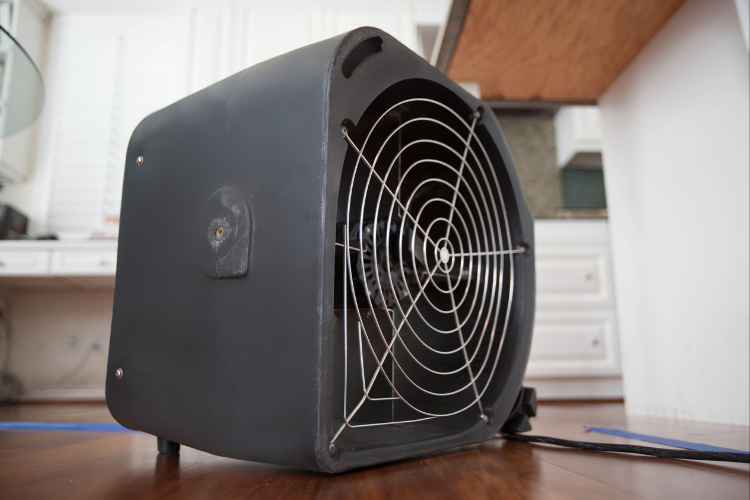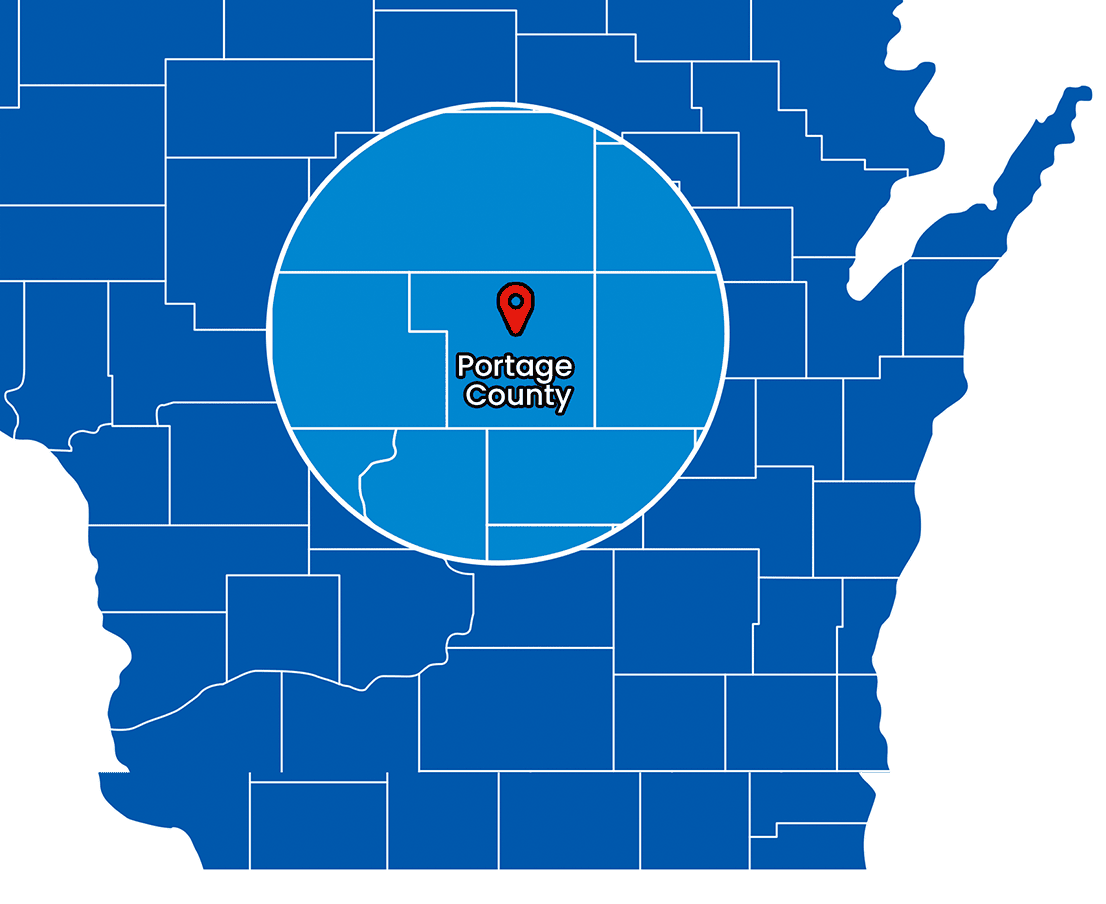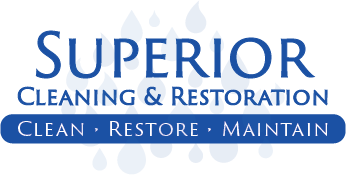
Water damage can occur inside a home or business at any time and for many reasons. Most properties experience water damage due to broken appliances, severe weather, burst pipes, and faulty sump pumps. In some cases, an incident can produce a flood with multiple affected areas and inches of standing water.
Flood restoration professionals use several types of industrial-grade equipment for water removal. Because flood waters create the perfect environment to expedite mold growth in as little as 24 hours and harbor bacteria and other microbes, qualified restoration technicians must remove the water and dry out the property quickly. Here are some tools they use for the job.
1. Moisture Meters
Flood restoration often involves eliminating traces of moisture that is unnoticeable by the naked eye. For example, moisture could remain behind drywall or under a carpet after removing the standing water. That’s why professionals use moisture meters to check for hidden water in flooring, walls, drywall, trim, and other areas.
Moisture meters detect how much moisture is inside a material. These handheld devices use electromagnetic frequencies or pins to pick up on flood-affected areas that don’t show visible signs of moisture damage. The equipment ensures the technicians thoroughly eliminate as much moisture as possible after a flood.
2. Extractors
Extractors are similar to wet/dry shop vacuums that suck up water from flooring and upholstery, but on a larger scale. The equipment can remove a more substantial amount of water from flooded areas, furniture, and carpeting. These commercial-grade machines have multiple hoses and attachments to make the water removal process more efficient.
3. Air Movers
After removing flood water, restoration professionals will concentrate on bringing down moisture levels in the air. Though removing water quickly is imperative to avoid serious structural damage to the property and mold growth around flooded spaces, increased indoor humidity is also problematic.
The ideal humidity level for indoor areas is between 30% and 50%. Flooded homes and businesses often feel muggy and stale in the immediate aftermath because the humidity exceeds the ideal maximum percentage.
With air movers, restoration teams focus on effectively drying low spaces to help water molecules evaporate before they can contribute to indoor humidity. Unlike fans, air movers concentrate on circulating air around the floor to dry its surfaces. Restoration experts usually run the equipment in 30-minute intervals to dry flooring and help lower indoor humidity.
4. Dehumidifiers
Dehumidifiers are also essential for lowering indoor humidity. Unlike standard dehumidifiers that are suitable for removing excess moisture from non-flooded rooms, professionals use low-grain refrigerant dehumidifiers to handle water damage. Regular dehumidifiers don’t have the capabilities necessary to tackle excessive humidity.
LGR dehumidifiers work similarly to the standard variety but are more powerful. They work by using advanced technology to quickly dry properties after a flood. The equipment cools its intake air to make it drier and more breathable.
Some models incorporate Bluetooth technology to track data. LGR dehumidifiers are energy efficient and vital for water damage restoration teams.
5. Air Scrubbers
Air scrubbers or purifiers help clean indoor air after a flood. Most flood waters are unclean and contain traces of muddy sediment, bacteria, mold, sewage, and other contaminants. Any time a flood occurs with polluted water sources from outdoors, a sewer, water-related appliances, aquariums, or plumbing fixtures, air purifiers are necessary to remove harmful particles from the air.
The equipment works by continuously circulating air through its filter to trap unwanted particles. Every cycle through the air scrubber produces cleaner air with less risk of inhaling contaminants like mold spores that could trigger respiratory problems. Purifiers are necessary when restoring a flooded home or office because they ensure people can safely breathe inside the building without a respiratory mask.
6. Self-Propelled Dump Containers
Though they don’t directly relate to the water removal and drying process, many professional flood restoration companies use self-propelled dump containers at their worksites. These containers help lift heavy-duty restoration equipment through windows and doors on the first or second floor. Teams primarily use them to help haul water-logged materials from the job site more efficiently.
Contact Superior Cleaning & Restoration for More Information
Superior Cleaning & Restoration is a premier restoration company serving Plover, WI, and the surrounding communities. This IICRC-certified company and its trusted, committed, and well-trained team offer 24/7 emergency restoration services for homes and offices after natural disasters, fires, plumbing issues, and other unfortunate incidents. The family-owned and -operated company also works with all insurance providers.
Request a free estimate for flood restoration with Superior Cleaning & Restoration today at (715) 768-6030.
More To Explore




Superior Cleaning & Restoration Service Areas
Get A Free Estimate
Do you have questions, need more information, or a would you like a worry-free, no obligation estimate? Fill out this bit of information and we'll contact you asap!
Need Help With Cleaning & Restoration?
GET A FREE QUOTE TODAY
We are IICRC certified and hire only the most trustworthy and dedicated team members to ensure that each job is taken seriously and handled with absolute professionalism.
All Rights Reserved | Superior Cleaning & Restoration
